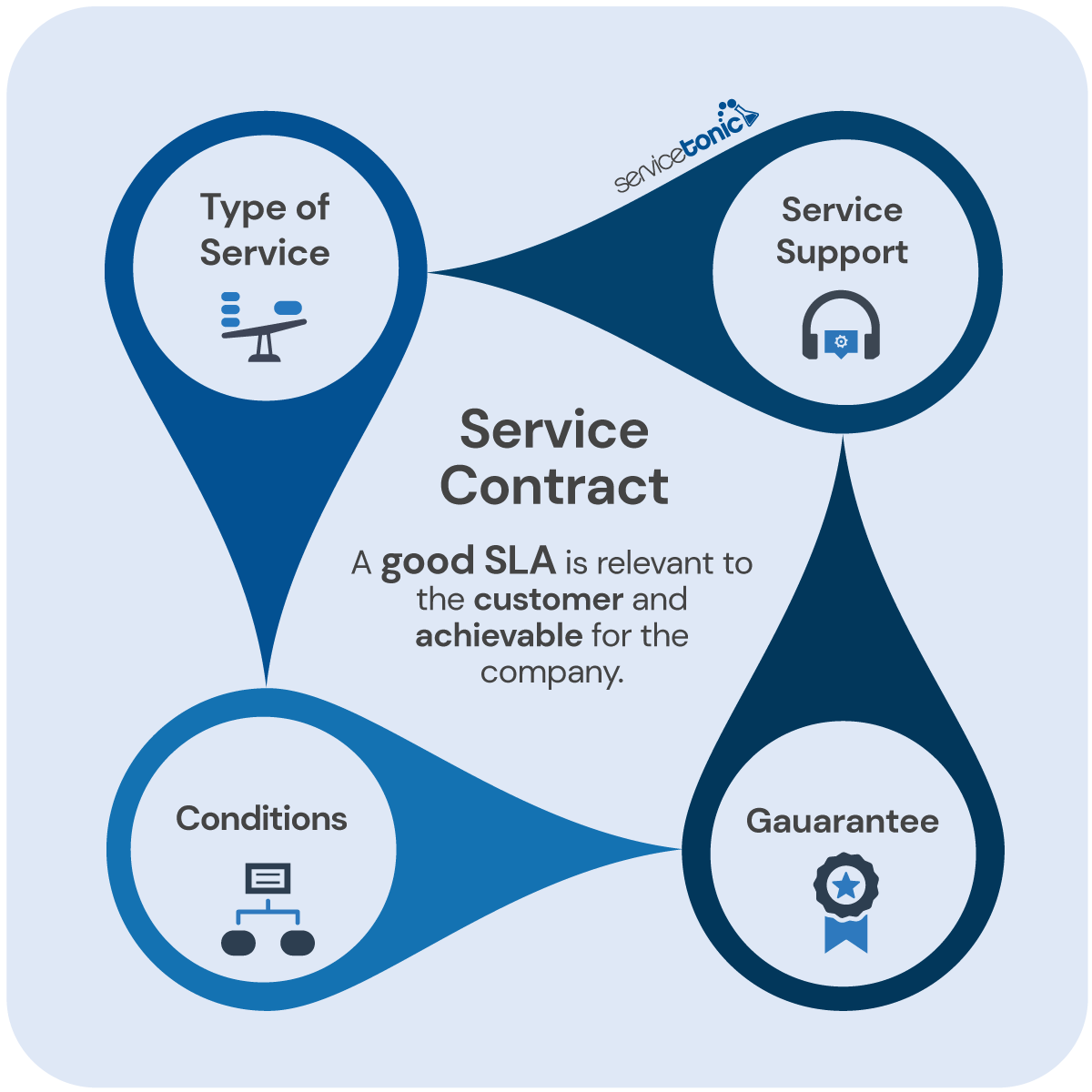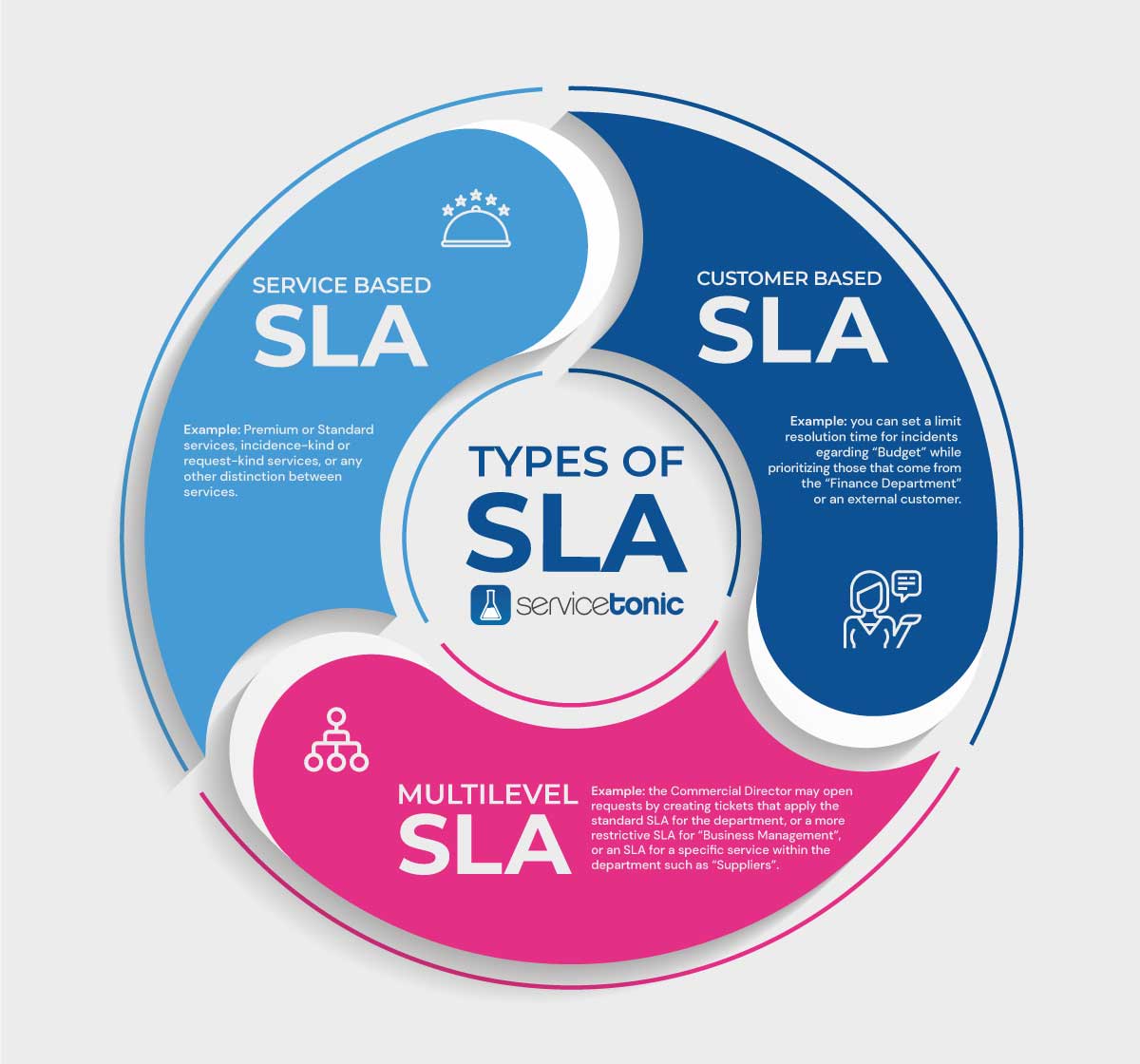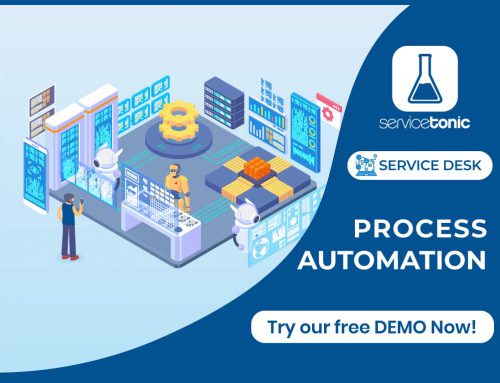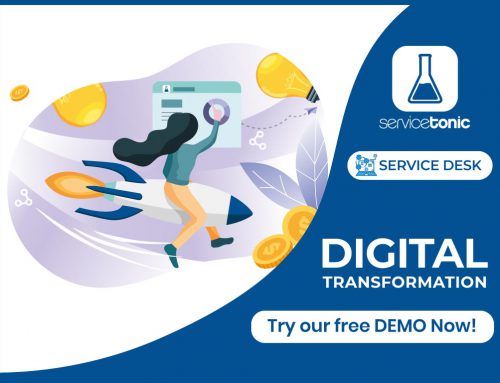Table of Contents
Agreements to meet customer’s expectations
What is a Service Level Agreement?
A Service Level Agreement (SLA) is a contract that describes the level of service a customer expects from his or her provider.
SLAs are used to establish measurable indicators of the service we provide thus ensure compliance with the expectations of our customers.

Service Desks such as ServiceTonic allow automating Service Level Agreements, making it easier to assign each ticket a priority or resolution time determined by the type of SLA.
Types of SLAs
ITIL defines 3 types of SLA:
Service-based SLA
Applies a standard SLA to all customers that contract the same service. It is useful when our company offers several services with different resolution and response times.
For example, Premium or Standard services, incidence-kind or request-kind services, or any other distinction between services.
More Information Service-based SLA
Customer-based SLA
Applies to all contracted services by a customer, a group of customers or the same business area.
For example, you can set a limit resolution time for incidents regarding “Budget” while prioritizing those that come from the “Finance Department” or an external customer.
More information Customer-based SLA
Multilevel SLA
Combines service and customer SLA, and applies at a corporate level for all users in an organization too. Multilevel SLAs avoid duplication and incompetence between several agreements, making it possible to integrate several conditions into the same system.
For example, the Commercial Director may open requests by creating tickets that apply the standard SLA for the department, or a more restrictive SLA for “Business Management”, or an SLA for a specific service within the department such as “Suppliers”.
ServiceTonic helps you automate all Service Level Agreements you want to define, even the most specific to your company.
In addition to those proposed by ITIL, ServiceTonic automates another SLA:
Contact-based SLA
Applies to a specific user within a service that has a standard Service Level Agreements. It is useful to offer a different treatment to a customer who we want to capture, retain or have a special attention to.
More Information Contact-based SLA
Service Level Management
Service Level Management is the process of managing service-level agreements. It is responsible for defining, documenting, agreeing, monitoring, measuring, reporting and reviewing the level of our services. It is what makes SLA a competitive advantage in our company.
Good SLA management lets us:
Agree realistic conditions that our company can handle.
Meet the expectations of our customers.
Establish specific parameters for measuring the state of our services.
Comply with the terms and conditions agreed with customers.
Avoid future conflicts. An agreement is a preventive communication to establish a transparent relationship. Therefore, meeting a Service Level Agreement increases confidence.
How to design a good SLA
SLAs are a quality insurance that either contribute to customer loyalty or help us improve our services.
The most important condition when designing a good Service Level Agreement is to ensure that our company is able to meet the agreement. To establish viable agreements, we will analyze both the service we provide and the internal structure we use to offer it.
Service Catalog
We will take a look at our Service Catalog for understanding the relationship between corporate areas involved and processes that are carried out when providing each service.
Operational Level Agreements
Consider automating internal SLAs to ensure compliance with customer expectations. These are called Operational Level Agreements, and are responsible for establishing an internal coordination to meet resolution and response times.
Surveys
SLA management does not end once we provide the service. It is important to analyze the level of satisfaction of our customers through, for example, periodic surveys. It is essential to ask for their opinion in order to know the effectiveness of our agreement management and adjust improvements if needed.
Benefits of using SLA’s
- Improve the service provided. Reduced incident resolution or request delivery times.
- Facilitate communication. The service desk team or the service provider know the customer’s expectations.
- Mutual agreement. The SLA is mutually accepted by the customer and the service provider.
- Avoid disputes. Having a clear scope in writing will avoid future disputes.
- Measuring compliance. Compliance with agreements can be objectively measured.
- Provide a management standard. Defines the rules of service delivery between supplier and recipient.
In short, Service Level Agreements are essential for any service company. They strengthen the relationship with customers, who will clearly understand what we offer them while we know exactly what they expect from our company.
Use ServiceTonic to automate your Service Level Agreements and get real-time information in customizable dashboards, with notifications and alarms of your automated SLAs. Moreover, we will help you design your SLAs the most efficiently.





